If you are looking for the best golf driver, you have come to the right place. In this article, we will discuss the different characteristics of drivers and help you choose the one that is right for you. We will also take a look at the Titleist 913D2 Driver, and answer some of the most common questions about it. So whether you are a beginner or an experienced golfer, read on to learn more about golf drivers and how to get the most out of your game!
Table of Contents
Titleist 913D2 Driver
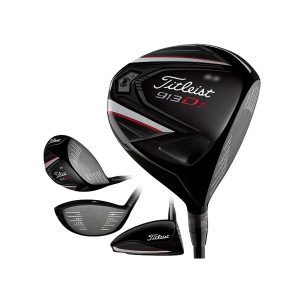 The Titleist 913D2 Driver is a top-of-the-line golf club that offers maximum forgiveness and a slight draw bias. It’s perfect for those who are looking to improve their game or for beginners who want to get the most out of their investment. The 913D2 measures 460cc and features a pear-shaped head design that provides ultimate forgiveness on those off-center hits.
The Titleist 913D2 Driver is a top-of-the-line golf club that offers maximum forgiveness and a slight draw bias. It’s perfect for those who are looking to improve their game or for beginners who want to get the most out of their investment. The 913D2 measures 460cc and features a pear-shaped head design that provides ultimate forgiveness on those off-center hits.Pros & Cons of Titleist 913D2 Driver
Buyer’s Guide
How to choose the right drivers
When it comes to choosing the right driver for your game, there are a few things you need to take into consideration. First and foremost, you need to know what type of player you are. Are you a beginner? An experienced golfer? Or somewhere in between? The type of player you are will dictate the kind of driver you need.
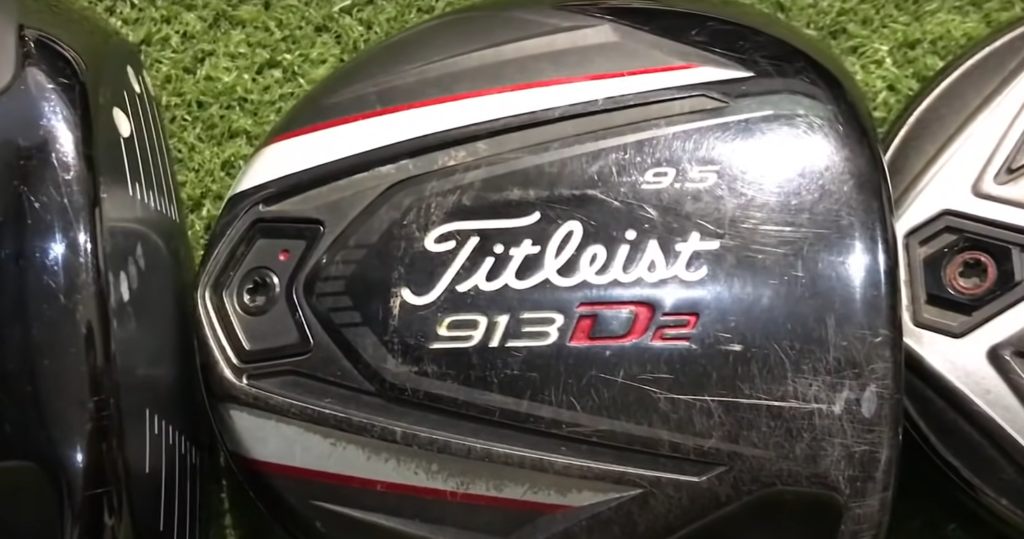
Beginners, for example, will want a forgiving driver, while more experienced players might want one that provides more control. Other factors such as swing speed, launch angle, and spin rate also come into play when choosing the right driver for your game. But don’t worry, we will help guide you through all of these factors so that you can make an informed decision. [1]
Loft, length, materials & size
One of the most important things to consider when choosing a driver is the loft. The loft is the angle between the clubface and the ground, and it ultimately dictates how high or low your ball will fly. Drivers typically have lofts ranging from eight to twelve degrees, but some go as high as fifteen degrees. The loft you need will depend on your swing speed and launch angle. [2]
Both of these factors are affected by loft, so it’s important to choose a driver with the right loft for your game. In general, faster swing speeds require lower lofts, while higher launch angles need higher lofts.Once you’ve determined the loft you need, it’s time to start looking at other factors such as length and materials. The length of the driver is important because it affects both your swing speed and your accuracy. A longer driver will give you more distance, but it will be harder to control. Conversely, a shorter driver will be easier to control but won’t provide as much distance. So, it’s important to find a happy medium that suits your game.
When it comes to materials, most drivers are made from either steel or titanium. Titanium is lighter than steel and provides more distance, but it also costs more money. So, if you’re on a budget, steel might be the way to go. However, if you’re looking for the best possible performance, titanium is the way to go. [3]
Finally, you need to consider the size of the driver’s head. The size of the head affects both your accuracy and your distance. A larger head will provide more forgiveness on those off-center hits, but it will also add weight to the club. So, if you’re looking for maximum distance, a larger head might be the way to go. But if you’re more concerned with accuracy, a smaller head might be a better option.
No matter what your budget or playing style is, there is a driver out there that is perfect for you.
Five questions to ask yourself
Now that you know the basics of drivers, it’s time to start shopping for one. But before you do, there are a few things you need to take into consideration. Here are five questions to ask yourself before buying a driver.
- Do you want a driver that is adjustable?
- Do you want a driver with an anti-slice option?
- Do you want a standart or tour-preferred driver?
- Do you want a custom-fit driver?
- How much do I want to spend?
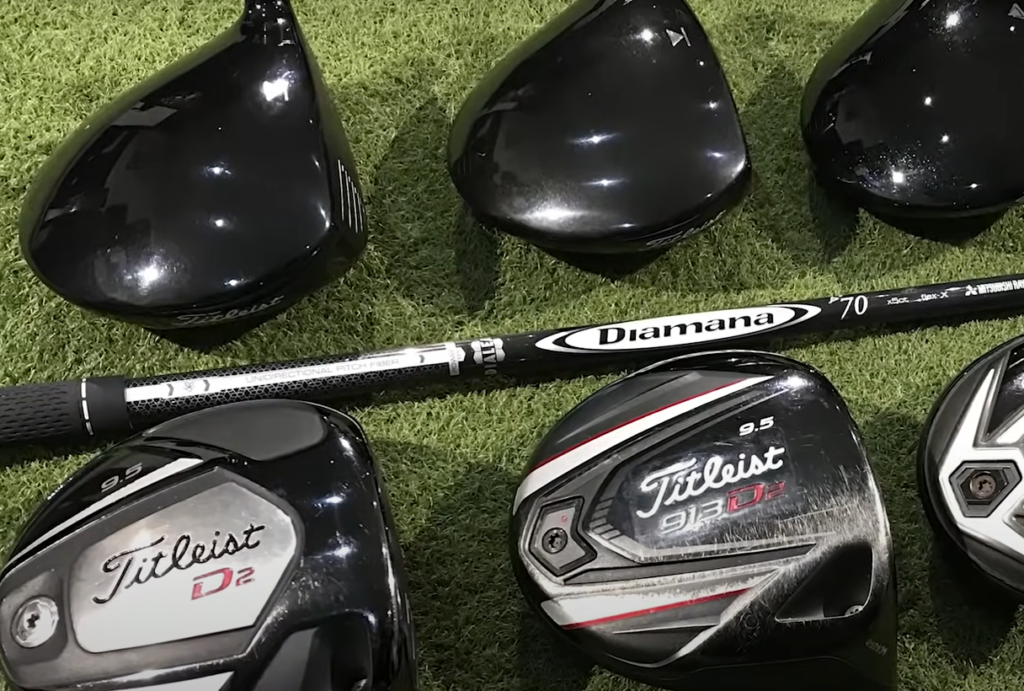
Answering these questions will help narrow down the field and make it easier to find the perfect driver for your game. So, take some time to think about them before making your purchase.
Do you want a driver that is adjustable?
One of the first things you need to decide is whether or not you want an adjustable driver. Adjustable drivers allow you to change the loft, lie angle, and face angle of the club to suit your swing.
However, they are typically more expensive than non-adjustable drivers.Do some research and try to find out if an adjustable driver is right for you before making your purchase.
Do you want a driver with an anti-slice option?
Another thing to consider is whether or not you want a driver with an anti-slice option. If you tend to slice the ball, an anti-slice driver can help correct that problem. However, they are typically more expensive than regular drivers. So, if you’re on a budget, you might want to stick with a regular driver.
Do you want a standart or tour-preferred driver?
When it comes to drivers, you have two main options: standard and tour-preferred. Standard drivers are designed for the average golfer, while tour-preferred drivers are designed for experienced golfers with a higher skill level. Tour-preferred drivers are typically more expensive than standard drivers. So, if you’re just starting out, a standard driver might be a better option for you. [4]
Do you want a custom-fit driver?
Another thing to consider is whether or not you want a custom-fit driver. Custom-fit drivers are designed specifically for your swing. They take into account things like your height, weight, and grip size. As a result, they can provide a more accurate fit and help improve your game. However, they are typically more expensive than non-custom-fit drivers. So, if you’re on a budget, you might want to stick with a non-custom-fit driver.
How much do I want to spend?
Of course, one of the most important things to consider is your budget.
So, it’s important to set a budget before you start shopping. That way, you can narrow down your options and find a driver that fits both your needs and your budget.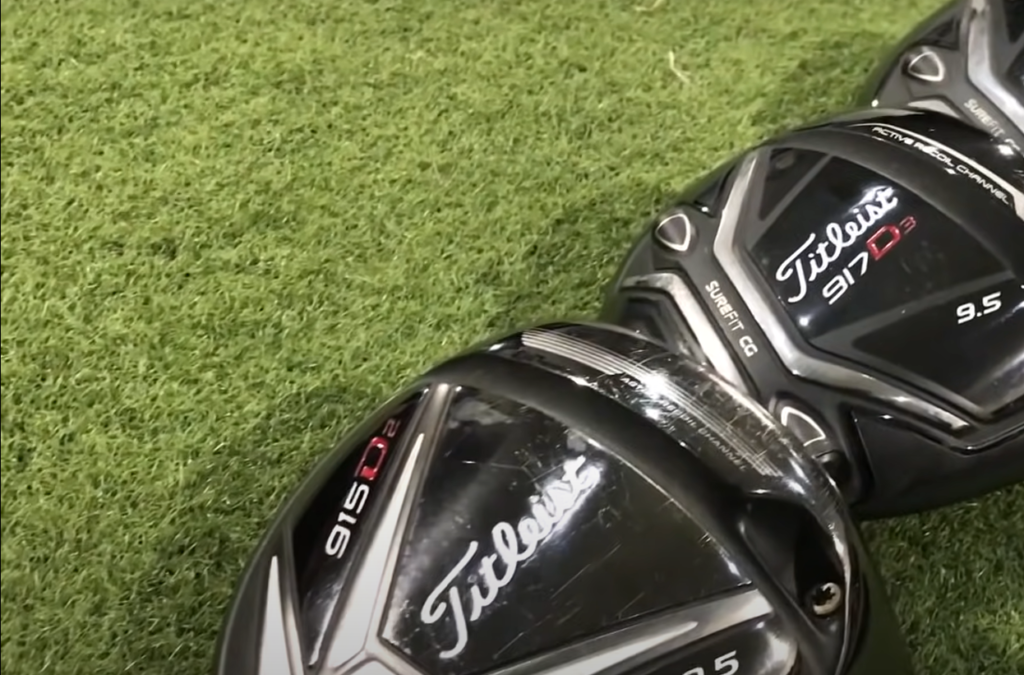
Keep these things in mind when shopping for a new driver, and you’re sure to find the perfect one for your game. And with the right driver, you’ll be well on your way to improving your golf game.
FAQ
Are short drivers easier to hit?
There is no definitive answer to this question. Some golfers find that shorter drivers are easier to hit, while others find that they are more difficult. Ultimately, it comes down to personal preference and what feels comfortable for you.
The rules of golf stipulate that an athlete can carry no more than 14 clubs. Each of them is designed for a certain type of strikes. It is difficult for beginners to understand the variety of equipment, but with the acquisition of experience, golfers try to get the best tools for the game. [5]
In golf, there are both short and long shots. Depending on how far the ball should be sent, tools are selected. All clubs can be divided into four large groups.
If you’re having trouble hitting your driver, it might be worth trying a shorter one. If you are undecided, always speak with an expert before going through with a purchase.
How tall should my driver be?
To find out which golf club is best for your height, take two measurements. To improve the accuracy of the results, ask someone to help you.
First, measure your height from head to toe. At the same time, straighten your back. You don’t need to take a strike stance.
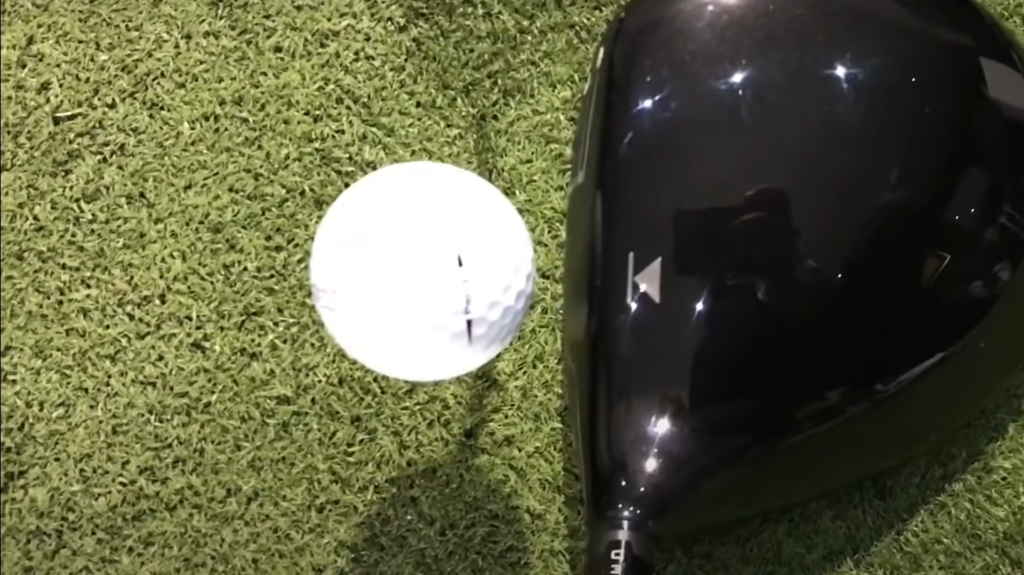
The second important measure for choosing a club is the distance from the wrist to the floor. Straighten up, straighten your shoulders, and lower your arms freely along the body. Have someone measure the exact distance.
This data will help you determine the approximate length of the club and the angle of its bend.
Note! Sticks of all types (wood, iron, wedge, etc.) have different standard parameters. Each type will have to be customized.
Again, there is no definitive answer to this question. It depends on your personal preferences and what feels comfortable for you. A good rule of thumb is to choose a driver that is about the same height as your chest. But if you’re not sure, it’s always best to consult with a professional before making a purchase. Additionally, most golf stores will have staff members who can help you find the right driver for your height. [6]
What flex do I need for my driver?
The flex of your driver is determined by your swing speed. The faster your swing, the stiffer the flex you need. Conversely, the slower your swing, the softer the flex you need. Most golfers fall into one of three categories:
- Slow Swing Speed (under 60 mph): Regular or Senior Flex
- Medium Swing Speed (60-70 mph): Stiff Flex
- Fast Swing Speed (over 70 mph): Extra Stiff Flex
Based on these settings, you can determine what flex you need for your driver. If you’re not sure, it’s always best to consult with a professional before making a purchase. Furthermore, most golf stores will have experts on staff who can assist you in selecting the appropriate driver for your swing speed. [7]
When should I switch from stiff to regular?
The answer to this question depends on your personal preferences and what feels comfortable for you. Some golfers find that they need to switch to a regular flex when their swing speed slows down. Others find that they can keep using a stiff flex even as their swing speed decreases. Ultimately, it’s up to you to decide what works best for your game.
How can I test my swing speed at home?
There are a few ways to test your swing speed at home. One way is to use a radar gun. Another way is to use an app on your smartphone. And yet another way is to use a launch monitor. Whichever method you choose, make sure that you test your swing speed under the same conditions each time (e.g., using the same golf club, balls, and so on). That way, you can get an accurate reading of your swing speed.
Keep these things in mind when shopping for a new driver, and you’re sure to find the perfect one for your game. With the right driver, you’ll be well on your way to improving your golf game.
Video Guide: Titleist 913D2 Driver
Conclusion
So, what are the characteristics of a good golf driver? How do you find the best golf driver for your game? The answer to both questions is that it depends on your swing and preferences. Different drivers will work better for different players. That being said, there are some general guidelines that you can follow when choosing a new driver. First, make sure that the clubhead is the right size and shape for your swing. Second, choose a club with the correct loft angle to match your swing speed. Finally, select a shaft weight and flex that feels comfortable in your hands and allows you to generate maximum clubhead speed. If you’re still unsure which driver is right for you, ask an expert at your local golf shop for help. They should be able to recommend several models that fit your needs and budget. Thanks for reading our Titleist 913D2 Driver review! We hope it has helped you learn more about this popular golf club and made the process of selecting a new driver easier for you.
References:
- https://www.windtreegolf.com/how-to-choose-a-golf-driver/
- https://golftips.golfweek.usatoday.com/golf-driver-loft-differences-2344.html
- http://www.golfalot.com/buyingguides/drivers.aspx
- https://www.golfmonthly.com/best-golf-deals/what-golf-drivers-do-pros-use-242606
- https://honestgolfers.com/what-are-the-14-clubs-in-a-golf-bag/
- https://www.bombtechgolf.com/blogs/news/how-to-measure-your-golf-driver
- https://golfsupport.com/blog/how-to-pick-the-right-golf-shaft/

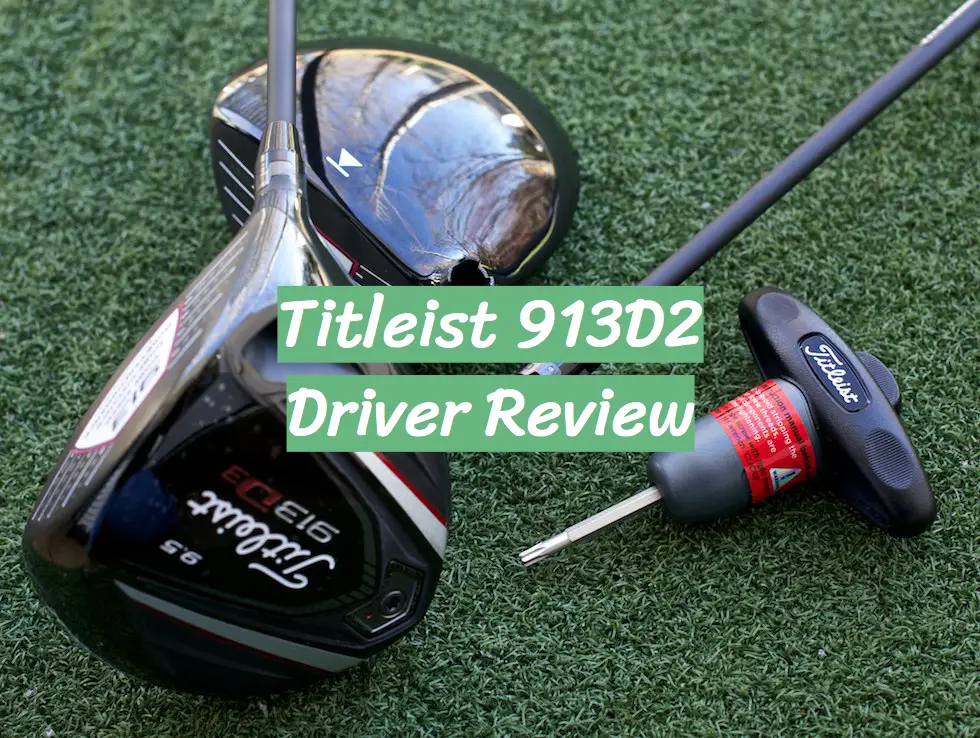

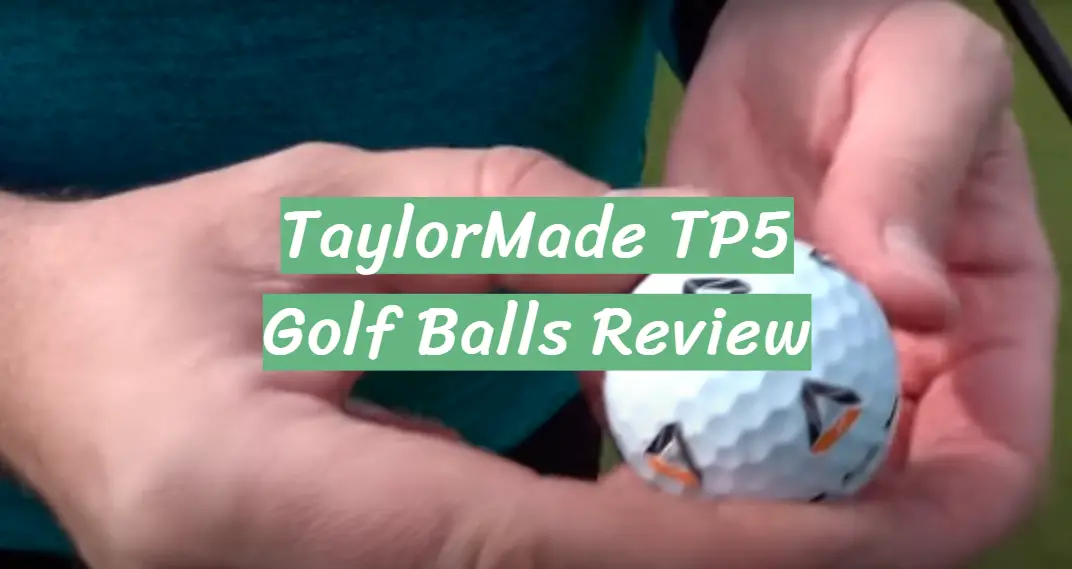
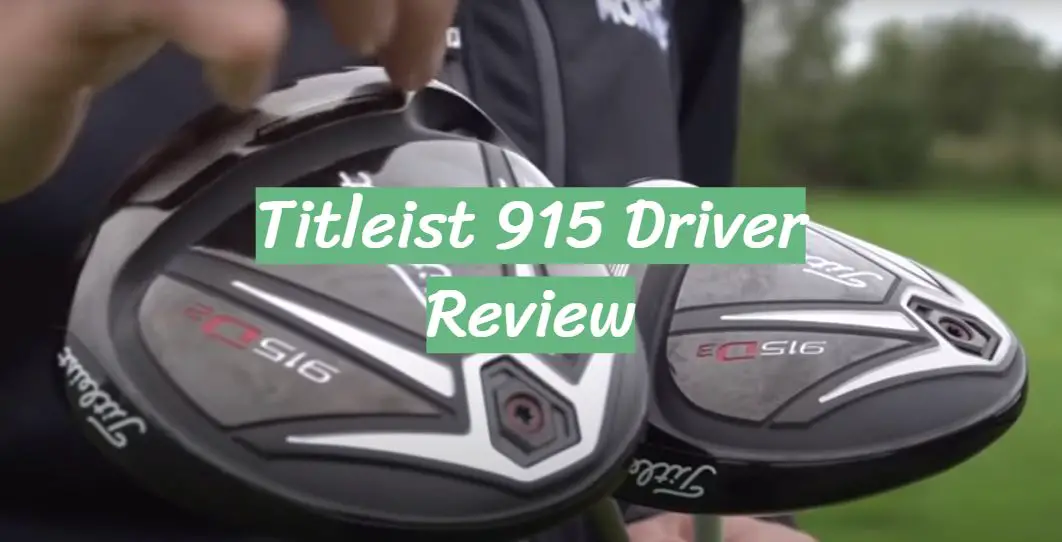


Leave a Reply